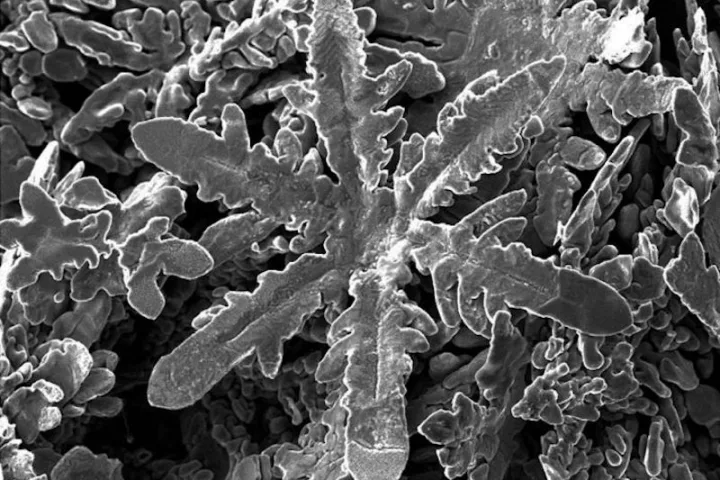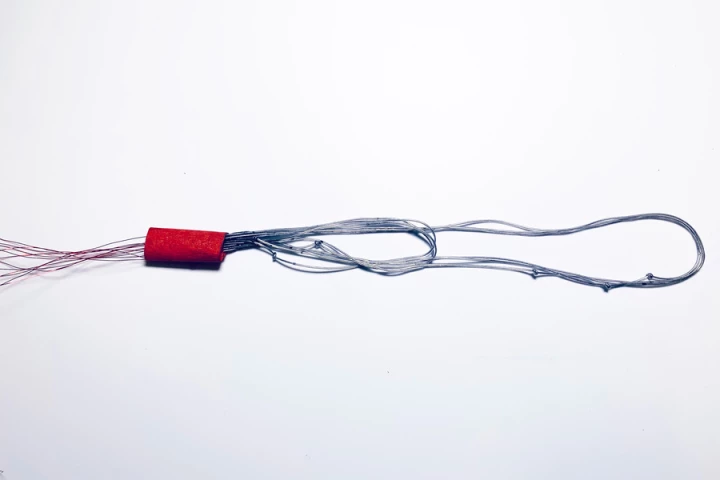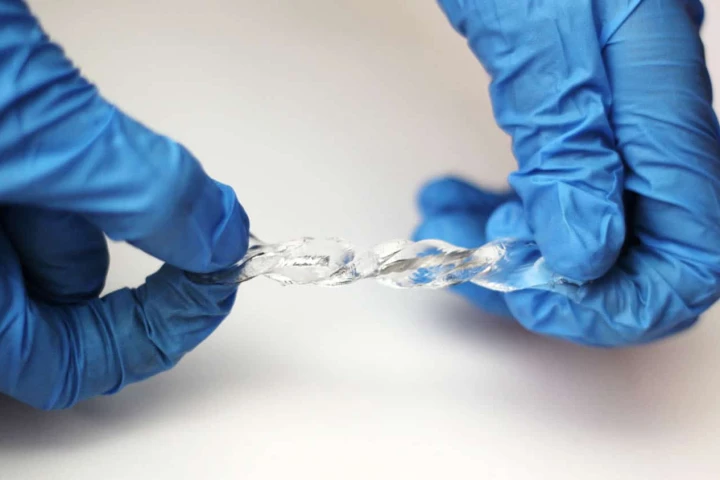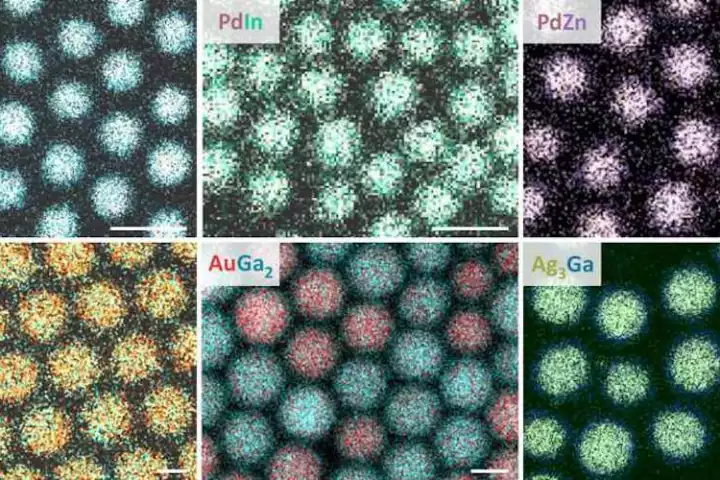liquid metal
-
Metalworking usually requires very high heat and pressure, but scientists in Singapore have now demonstrated a way to make very pure metal structures at room temperature. It’s inspired by the exoskeletons of crabs and insects.
-
Researchers have come up with a 3D printing method using liquid metal that's claimed to produce structures at least 10 times faster than existing metal additive manufacturing processes, though it does so at the expense of fine detail.
-
While intravenous needles need to be rigid in order to pierce the skin, that rigidity sometimes causes damage to the veins. A new needle addresses that issue by softening upon insertion into the patient's body.
-
Science continues to make advances in smart fabrics. Now, a team of international researchers has created a wearable textile that can self-repair, is antibacterial, and could even be used to monitor a person’s heart rhythm.
-
A team of researchers has developed a new material that’s not only elastic, but is impervious to gases and liquids – something this kind of material is usually bad at. The material could be useful for making flexible batteries or wearable electronics.
-
Researchers in New Zealand and Australia have grown tiny metal snowflakes, cubes, rods and other shapes. The nanocrystals form like snow out of a liquid metal, demonstrated an intriguing new potential method for manufacturing nanoscale structures.
-
Currently, small metal implants either have to be surgically removed from the body once they're no longer needed, or just left inside indefinitely. Now, however, scientists have devised a method of breaking them down in place using liquid metal.
-
Researchers have created a new platinum catalyst that remains liquid at room temperature, by mixing tiny amounts with gallium. This new liquid catalyst performs reactions more efficiently than a solid platinum catalyst, using far less of the metal.
-
Long before computers existed, the Inca people kept records using knotted strings known as quipu. That technology has inspired a new system for assessing gastrointestinal problems, which is considerably less expensive than conventional methods.
-
A new method quickly converts carbon dioxide into solid carbon, which can be stored indefinitely or turned into useful materials. The technology works by bubbling CO2 up through a tube of liquid metal, and could be used at the source of emissions.
-
Although there are now a number of devices that generate electricity via movement, most of them only work in dry environments. A new one, however, also works underwater – meaning it could be used in implants, or wearables that get exposed to sweat.
-
A new, surprisingly simple method merges two metals into one nanocrystal structure. This could allow almost any two metals to be combined, creating brand new types of intermetallic nanocrystals that could be useful for a whole range of applications.
Load More











